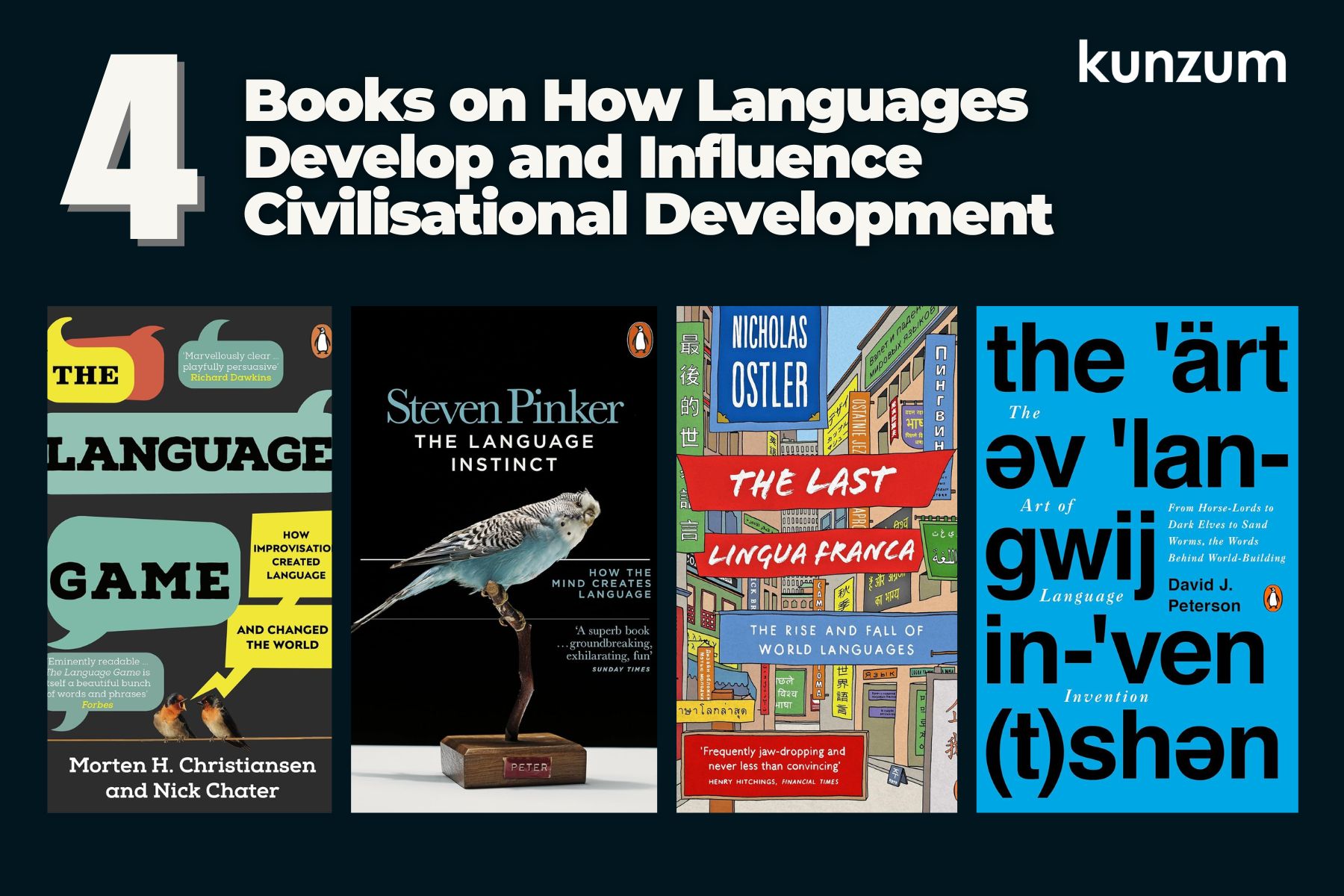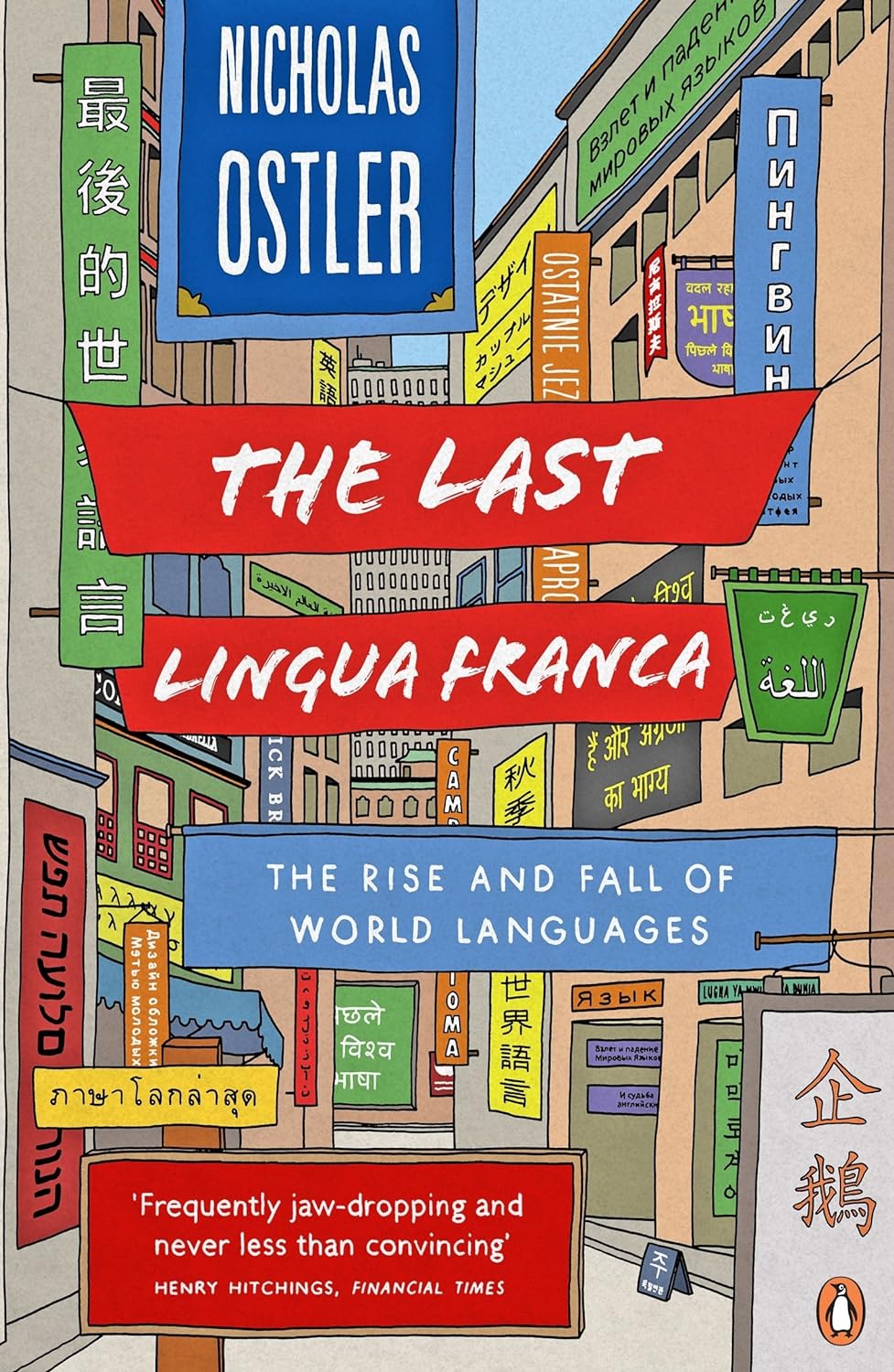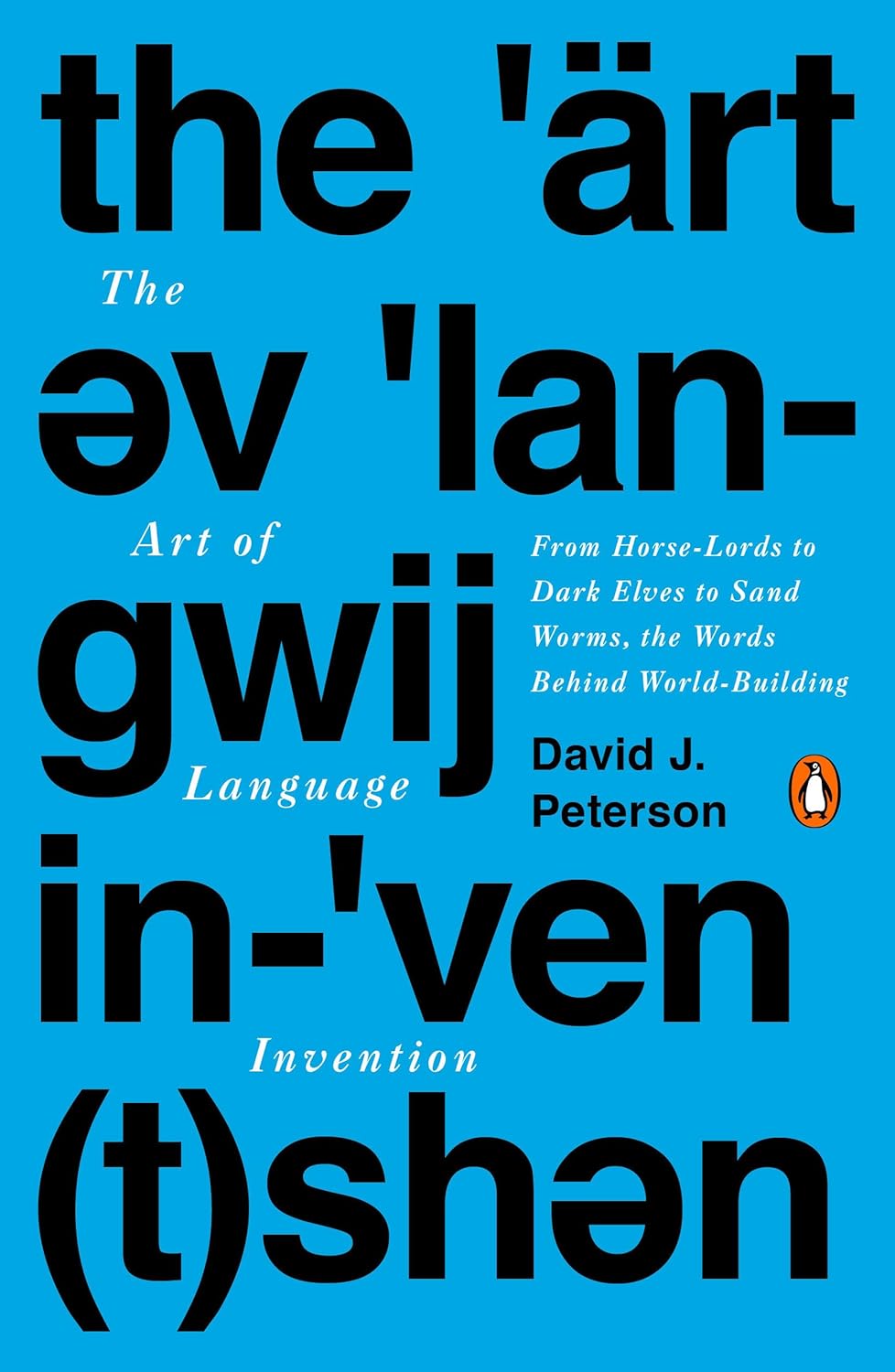
Languages are what make us human. They are humanity’s greatest invention, except they weren’t invented, they developed on their own over time as human interactions grew. Some languages stood the test of time, while others, though they were the medium of human interaction in their heydays, slowly died away or were relegated to only a handful of people.
Here are four books that will tell you how languages develop with a case study of the lingua francas of the world, as well as a book that will teach you how to develop your own language for that fictional world about which you are writing. Dive into and understand what makes language language and us humans.

The Last Lingua Franca by Nicholas Ostler
Nicholas Ostler’s “The Last Lingua Franca” explores the fascinating history and potential future of lingua francas, languages used as a common means of communication among speakers of different native tongues. In this deeply illuminating book, Ostler delves into the rise and fall of various lingua francas throughout history, from Latin to French, and analyzes the socio-political forces that shape their emergence and decline.
Ostler’s narrative takes readers on a journey across continents and centuries, showcasing how lingua francas have played pivotal roles in trade, diplomacy, and cultural exchange. Through engaging storytelling, he illustrates how these languages have facilitated connections between diverse peoples while also reflecting power dynamics and hierarchies.

The Art of Language Invention by David J. Peterson
A captivating behind-the-scenes look at the intricate process behind the creation of fictional languages, known as conlangs. As a renowned language creator responsible for crafting languages for popular television shows like “Game of Thrones” and “Defiance,” Peterson shares his expertise and passion for constructing linguistically and culturally rich invented languages.
Through detailed explanations, examples, and exercises, Peterson guides readers through the fundamental principles of phonetics, grammar, and semantics essential for developing a coherent conlang. From phoneme inventories to syntactic structures, he demonstrates the meticulous attention to detail required to make a constructed language both believable and functional.
It also delves into the cultural and artistic dimensions of conlanging, exploring how invented languages can enhance world-building in fiction and serve as vehicles for expression and creativity.

The Language Instinct by Steven Pinker
In “The Language Instinct,” Steven Pinker explores the innate human capacity for language acquisition and production. Drawing on insights from evolutionary biology, cognitive science, and linguistics, Pinker argues that language is not simply a cultural invention but a biological adaptation shaped by millennia of natural selection.
Pinker challenges traditional views that language acquisition is solely dependent on environmental input, proposing instead that humans are born with a predisposition for language.
When it first came out, The Language Instinct revolutionized the public understanding of linguistics when it was first published, and its insights remain influential even today. Pinker’s engaging prose and cogent arguments make this book essential reading for anyone curious about the origins and nature of language.

The Language Game by Morten H. Christiansen and Nick Chater
The Language Game offers a groundbreaking perspective on language acquisition and evolution, challenging traditional theories that posit that language as a product of innate linguistic knowledge or explicit instruction. Instead, the authors propose that language emerges from the interaction between the brain’s learning mechanisms and the structure of the environment in which language is used. The authors illustrate how humans effortlessly acquire complex linguistic patterns through exposure to natural language input, without the need for explicit grammar instruction. The book also explores the dynamic nature of language evolution, emphasizing the role of cultural transmission and cognitive constraints in shaping linguistic diversity. The authors contend that language is not a static, prescriptive system but a dynamic, adaptive phenomenon that continuously evolves in response to social and cognitive pressures.
Pick up a book on how languages developed from any Kunzum store or WhatsApp +91.8800200280 to order. Buy the book(s) and the coffee’s on us.
